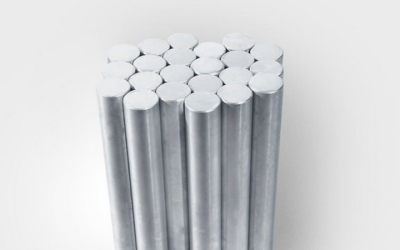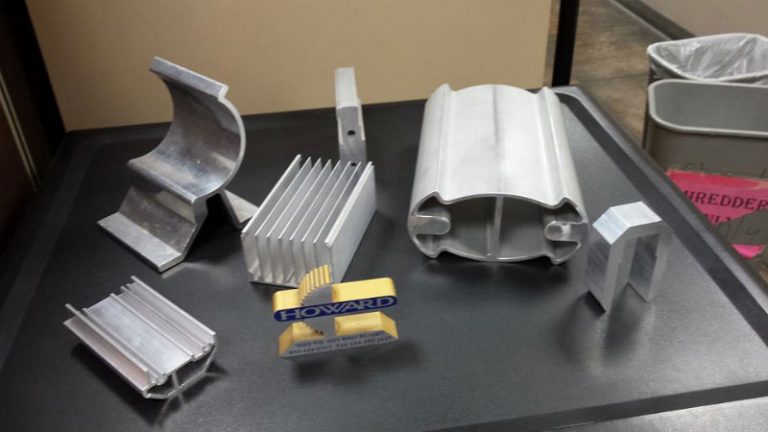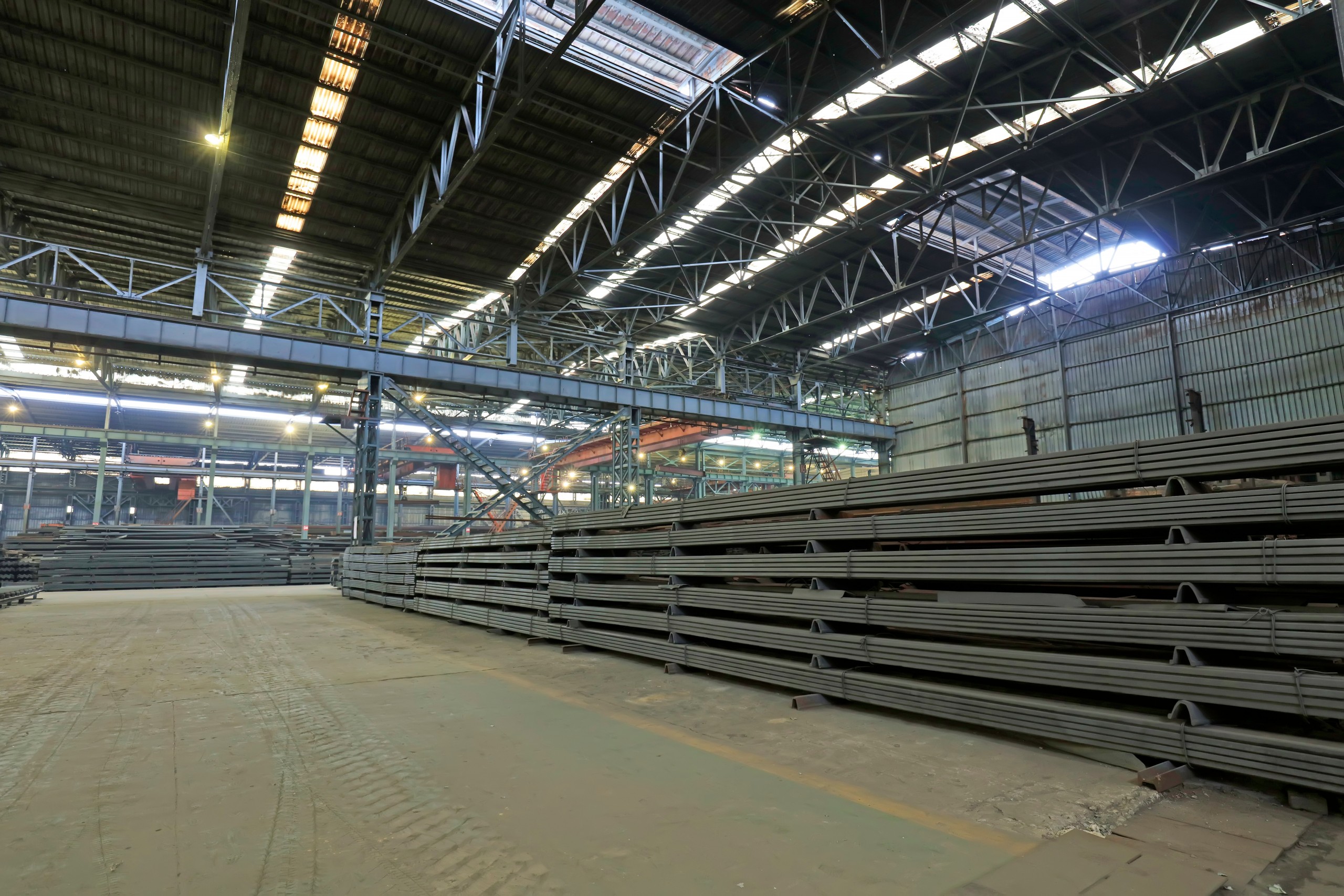As with all aluminum alloys, 5083 plate is carefully selected for specific applications because of its properties. This is a highly versatile alloy that is known for superior corrosion resistance as well as easy for machinability and weldability.
Understanding the specific properties and uses of 5083 aluminum plate will be critical to determine if it is the right alloy for any use or application. There are other aluminum alloys available and all offer slightly different benefits, properties and use considerations.
The Components
Within all 5083 aluminum plate there is an acceptable percentage by weight of the various components. Aluminum forms the largest percentage at between 92.4 and 96.5%. Magnesium will be present in the 4 to 4.9% range and this contributes to the natural corrosion resistance that is so key in this alloy.
Additionally, components such as silicon, chromium, manganese, titanium, iron, copper and zinc as well as very trace amounts of other metals are present. These additional metals cannot be present in weight percentages of more than 0.15% in total or with a weight percentage of more than 0.05 for an individual component.
As most aluminum is recycled, these minor trace amounts are present in all alloys and have no significant bearing on the properties of the 5083 aluminum or any other aluminum alloy.
Aluminum 5083, as with other aluminum series, can be tempered to provide different mechanical properties. The most common tempers found in the alloy are the annealed or O temper, H112, H116 and H321.
Common Uses
The machinability and weldability of the 5083 aluminum plate make this alloy a common choice in a wide range of different industries. It is often used in the development or jigs and tooling because it is so durable and easy to work with.
It is also considered to have top thermal conductivity as well as excellent ductility. With the wide temperature range for this alloy, it is often found in cryogenic applications. It does not become brittle like other alloys even at these extreme temperatures.
However, it is also commonly used in the building of ships as well as in the structural components of railway cars. In processing and manufacturing, this is an ideal option for the construction of pressure vessels. This is one aluminum alloy that does not lose strength after welding, which means that the components do not need to be processed after welding to regain their structural strength.



